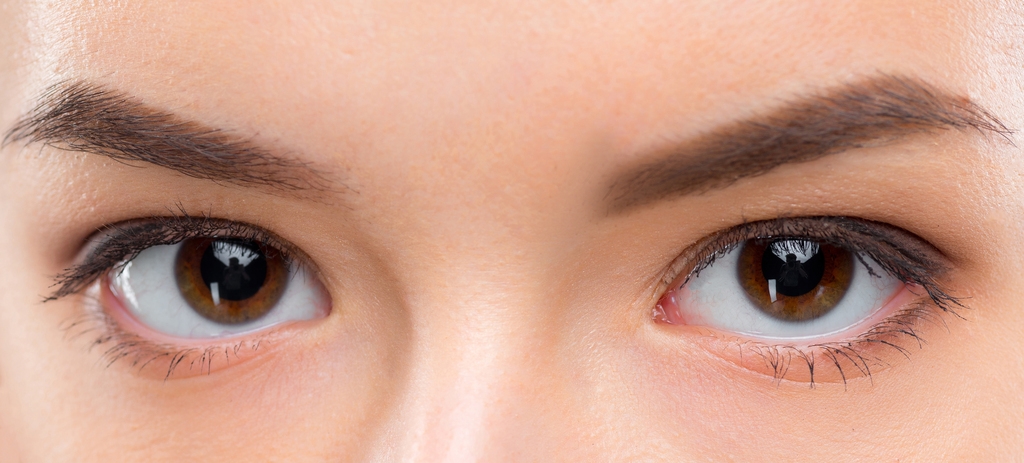Cacicol eye drops safely and effectively healed persistent corneal damage in adults with neurotrophic keratitis (NK) who did not completely respond after two weeks of antibiotic therapy, results of a small study suggest.
The study, “Matrix regenerating agent (RGTA) plays a prominent role in treating persistent epithelial defects,” was published in the Journal of EuCornea.
Persistent epithelial defects (PED) refer to abnormalities in the epithelial cells that compose the outermost layer of the cornea — damaged primarily by an infection in NK — that become resistant to healing and linger even with antimicrobial treatments.
An essential component of the healing process is the extracellular matrix (ECM), a complex meshwork of proteins and carbohydrates released by cells to create a molecular scaffold to support tissue strength and structural integrity.
A key factor of the ECM is heparan sulfate, a polymer-based modified carbohydrate known to regulate signaling and cellular interactions in the healing process by providing stable tissue support. With damage to the cornea’s epithelial cells, the ECM becomes disrupted, and heparan sulfate is degraded.
Cacicol (ReGeneraTing Agent, or RGTA, sold by Théa) is an eye drop therapy designed to mimic the action of heparan sulfate to promote epithelial wound healing.
Even though the therapy is approved in Europe to treat chronic corneal ulcers, little is known of its effectiveness in NK with epithelial defects that persist after treatment.
In this study, researchers based at Adnan Menderes University in Turkey evaluated the effectiveness and safety of Cacicol eye drops in 27 adults with corneal ulcers who showed no signs of healing after at least two weeks of treatment with topical fortified antibiotics.
The mean age of participants was 68.41 years (range 46–93 years), in which 12 (44.4%) were women. The mean follow-up time was 9.74 months.
Bacteria infection caused NK in 11 patients, with a mix of bacteria and fungal infections in nine; two eyes had a fungal infection, four had corneal ulcers with no microorganism identified, and one person with scleritis — when the whites of the eye (sclera) become inflamed.
Ten patients’ antibiotic medications were stopped or changed, as some are not recommended with Cacicol.
All patients were hospitalized and pre-treated with fortified antibiotics and autologous blood-serum (ABS), a mixture of a patient’s blood serum diluted with artificial tears, which were continued throughout the study. Cacicol eye drops were applied twice a week.
After treatment, all patients showed improvement in vision. Complete epithelial closure was achieved in five patients during the first week, 11 participants after two weeks, eight patients within three weeks, and three during the fourth week.
Epithelial healing was completed after an average of 2.36 weeks, and vision significantly improved from a mean best-corrected visual acuity (BCVA) score of 2.20 to 0.8 using the LogMAR visual acuity scale (a LogMAR score of 0.00 is considered normal, or healthy, visual acuity).
In the patient with scleritis, healing was achieved without surgery and was complete after 10 days of treatment, and prior pain had stopped. There were two reported cases of recurrence of corneal damage after a month. One case was resolved with further anti-fungal therapy.
“RGTA can provide [a] unique microenvironment for the corneal regenerating duration as a stimulating therapeutic agent,” the researchers wrote. “RGTA treatment is a safe option with no local or systemic side effects when the conventional treatments of severe keratitis fail.”
“Further studies are needed to define the exact efficacy profile and the different indications of RGTA treatment,” they added.

